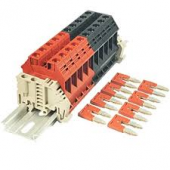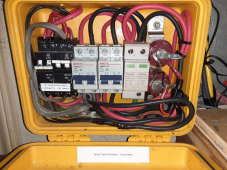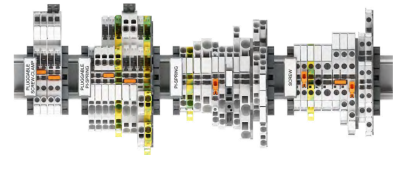Ok so here is what is the bad........
you can connect 2 solar panels in parallel or even 2 series strings in parallel, but when you connect more than 3 panels in parallel you need fuses or breakers on each string......WHY..you ask...if one panel in a parallel setup with 3 in parallel shorts the good panels will short all their power through the shorted panel....NOT GOOD....houses have burned due to one panel in an array causing all the power from that array to flow through that panel. One panel in parallel does not have enough power to short out the protection diodes built into the panels. BUT two or more have enough power to blow out the diode and set the faulty panel ablaze. Electricity is lazy.....very lazy...it takes the shortest path, doesn’t matter that your batteries need a charge the short circuit is the shortest path so ALL of the array power will be shorted through that shorted panel. Wanna see firefighters flinch, do you think that they want to risk their lives putting water on shorting panels with live electricity.....Nada....They will stand back and let it burn. Now you are in deep dodo.....you have a pile of ashes and how you installed it was not in compliance with the National Electric Code and not approved by the building inspector , you have handed your insurance company an automatic out, it’s coded into your insurance policy that your home, structure , etc. must be in compliance with the NEC (national electric code) and have a valid building permit. Not a good trade off. Larger systems almost always have series strings of panels with a combiner box and fuses or breakers to insure that a faulted panel will not burn down your house. That is the reason for more costly MPPT controllers. PWM controllers belong in small 2 or 3 panel setups, they do not belong in 12 panel arrays. The cost of the MPPT controller is offset by the reduced wiring, fewer breakers, etc. and by the fact that PWM controllers are only 60% Effiency due to the voltage mismatch between the panels and the battery...Good MPPT controllers are 97-99 % efficient.
Note on the breakers: AC breakers do not protect you on a DC circuit, they weld closed and burst into flames when exposed to DC. The only household breaker that is rated for DC use is the Square D. QO line (up to 48 v.d.c.) (not the more common homeline breaker from Square D) No other common breaker is rated for DC. Solar supply houses often stock DC breakers from MidNite Solar, both the MNDC line and the MNPV line are suitable. The MNPV line is specifically for PV use, it is a din rail mounted breaker and as such mounts directly in combiners. MNPV breakers are rated 150 volts dc, there are also 300 volt units available, basically a 2 pole with the poles in series. Fuses are a viable but due to the greater effect on the human body by dc it is required to use “touch safe” fuse holders. A good place to search is Northern Arizona Wind&Sun.....NAWS.......solar-Electric.com
NOW....the disclaimers....
MidNite Solar......I’m a long time customer of MidNite Solar and am biased towards their gear
“ “ .......I”m a beta tester for MidNite Solar on their Kid product line
NAWS..................long time customer, my first line for solar products, my go to dealer..
Square D , a division of Schneider Electric......I’m a stocking dealer of Schneider and Square D products
Chinese solar.....never did like their krap, never will, it’s cheep krap....
I am not a shill for these companies, I like their products, I don’t hesitate to recommend them, I get nothing back from them for my recommendations.
hope this helps you to make a safe system..
David






